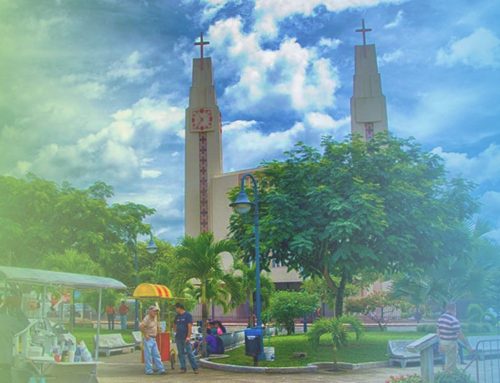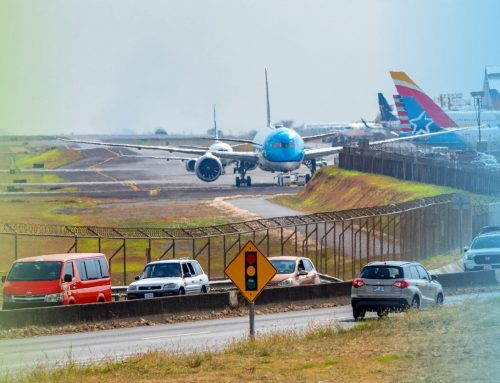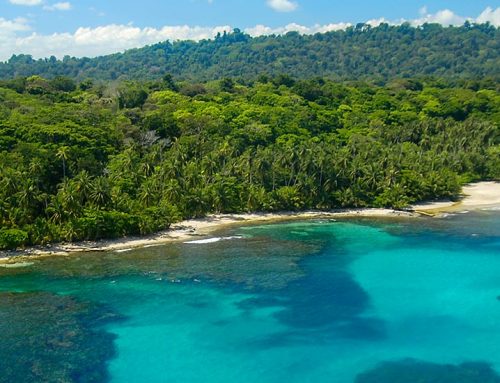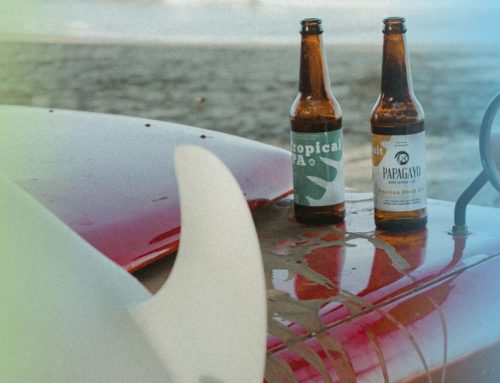In Nativu we believe in the power and importance of our communities, with art being one of its richest contributions.
Popular art and customs convey a very particular essence of the identity of the Costa Rican and they also have great cultural value, which we must try to keep alive. Masquerades are not only an icon of the joy of the “tico”, they are also loaded with history and their creation involves hours of work, turning them into true works of art.
Its origin
These days, masquerades and maroons are maintained with greater force in cantons such as Escazú, Sarchí and Barva, where a very particular party atmosphere is lived. But its beginnings have roots in Boruca lands of the colonial era.
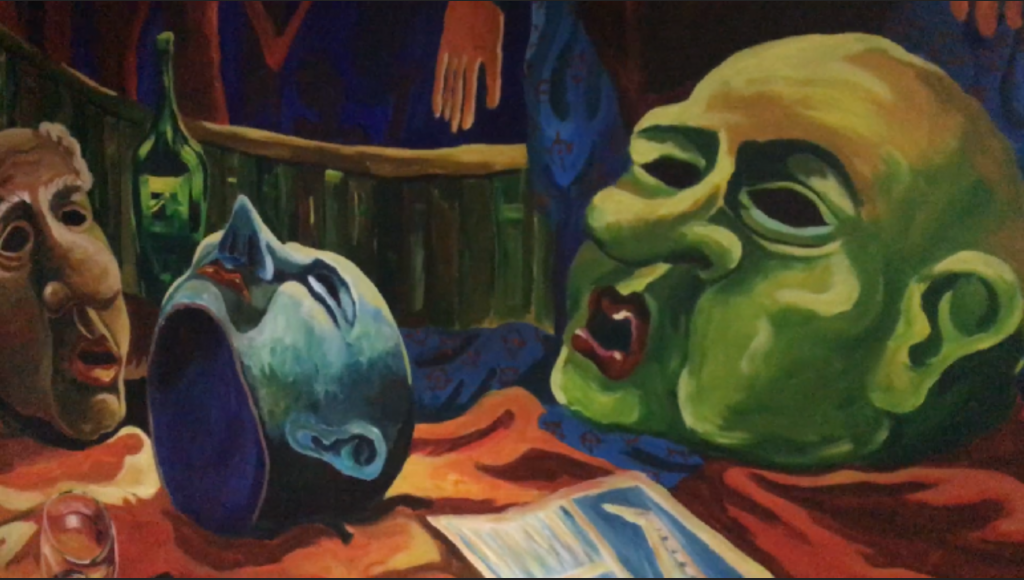
The tradition was adopted from a hybrid between the “dance of the devils” and ancient Spain. The dance of the devils is a 3-day holiday where, through ancestral dances, masks and a feast, the victory of the devils (Costa Rican natives) over the bull (Spanish colonizers) is represented. Tradition symbolizes the resistance of many people and finally the extent of the country’s independence. It is a time of celebration, of remembering the national identity.
The masquerades are adopted in the Central Valley, approximately in the mid-twentieth century as a party to celebrate freedom and unite the people. As it is a popular art that opposes elitist art, what it seeks is for all neighbors to meet, regardless of their social class. Everyone participates, from musicians, mascaras, clowns, honorees and spectators!
Elaboration
At present, techniques such as fiberglass and latex have been used, due to their durability and ease, but according to Costa Rican artist Carlos Arguedas, owner of the Art Expression Gallery, the traditional manufacturing process was another.
First, clay was used to mold the figure of the desired mask, covering an empty jar of paint or butter, so that the hollow space for the head would remain. A layer of paper was applied with water so that it did not adhere to the mud, so when it dried, it came off.
Subsequently, with newspaper, reused Kraft paper from the old sugar bags and starch gum, they were put layer after layer, so that the mask was resistant and formed the desired figure. After having about 10 layers of this mixture, a last one with crumbled papier-mâché was placed, this allowed to give more details and texture to the final piece.
Being satisfied with the work, they put the masks in their jars to dry in the sun. As it was a long process, the massacres usually made several masks during the same period, so in the 40’s it was usual to see the courtyards or roofs of their houses protected by clay masks.
When the masks dried well, the mud cracked and peeled off the paint jar, leaving the hard layers of paper, ready to be painted with bright colors, in oil paints.
The curious thing about the traditional process is that each mask was unique, as the clay mold broke when dried, they could not make exact replicas, the process had to be started from scratch. There were few occasions when working with saved molds.
The characters
Since the celebration is impregnated with themes such as freedom, the game and the community, its characters represented the same thing: the policeman, legends such as the cadejos, la llorona, the “pisuicas”, people of the town, the couple of giants, etc.
Masquerades represent the theater of life, allow clowns to interpret their “other selves” and make mischief. It is an interesting tradition because it is not static, it adapts to time
Nacional Artist – Carlos Arguedas Molina
Today the range of options has been expanded and masks of TV characters, comics, celebrities, among others are presented. But the holiday spirit remains.
The “tour of the clowns” has also changed, before it was stipulated a date, time, number of masks and a fixed route from where they all left together with the maroon, dancing through the streets until they reached the houses of the “dedicated” families, who received the clowns with drinks and snacks in exchange for a short repertoire of songs and dances in front of their houses.
Now it is different, more clowns participate, there is no party or dedicated committee or “copleros” (who recited spontaneous poetry), but it is still a much-loved celebration.
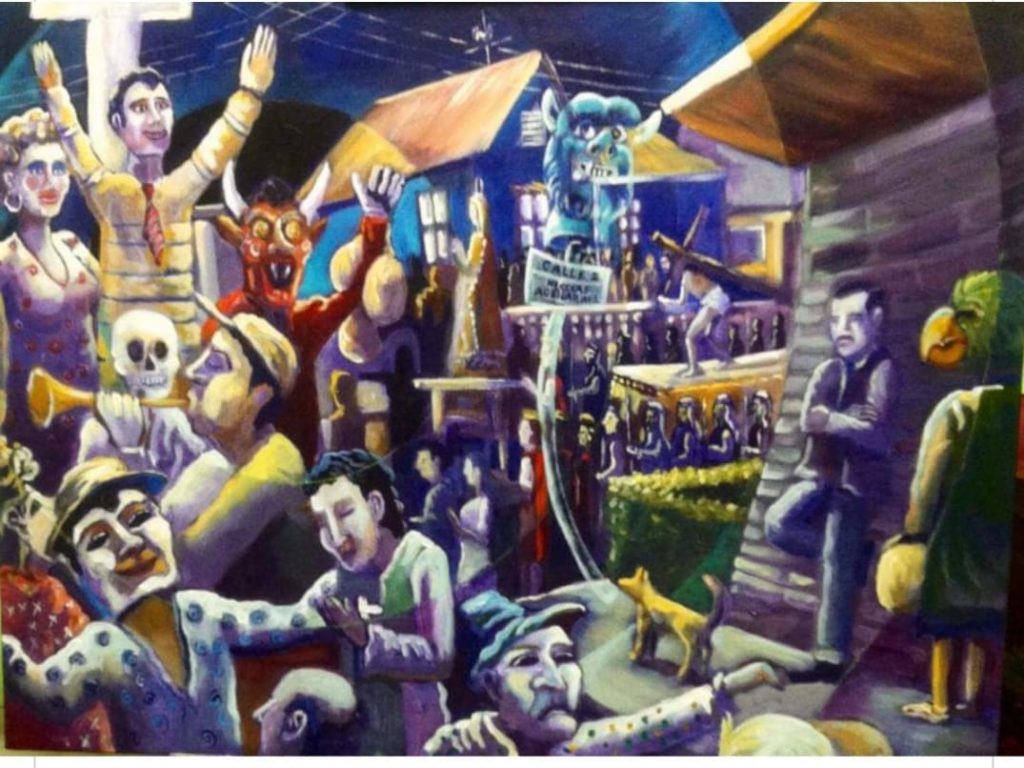
Popular traditions such as masquerade, immerse their neighbors in a celebration accompanied by various branches of the arts: sculpture, music, dance, etc. We must try to keep it alive, because it represents the DNA of the Costa Rican, commemorates ancestral rituals and exalts the work of many artisans in our cantons.


